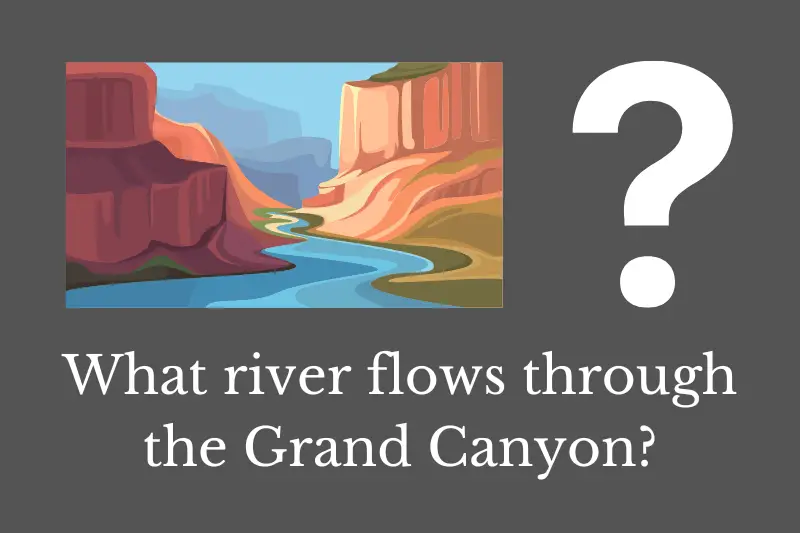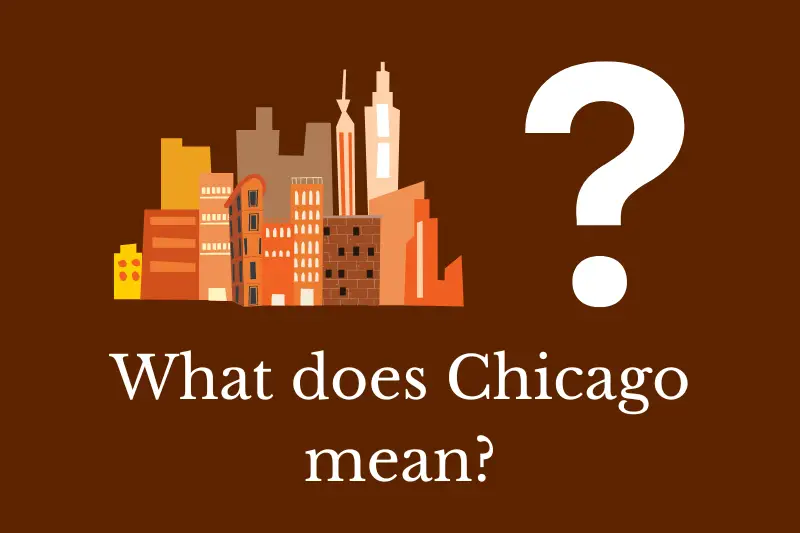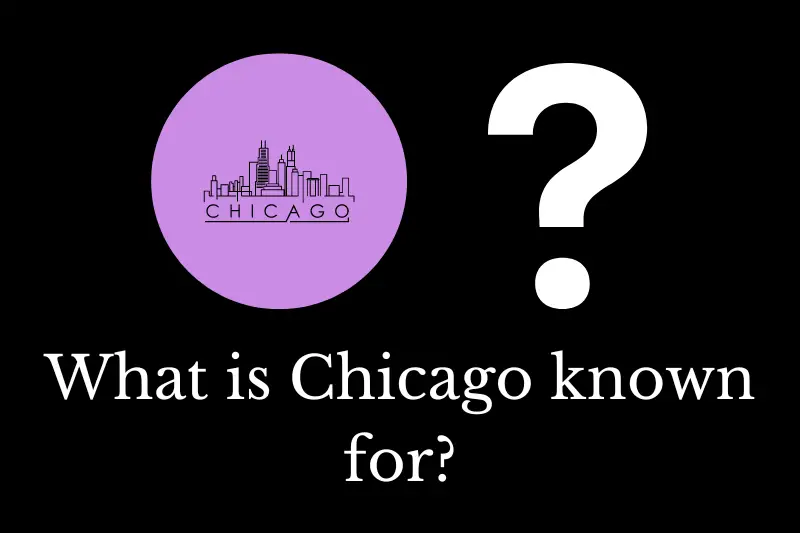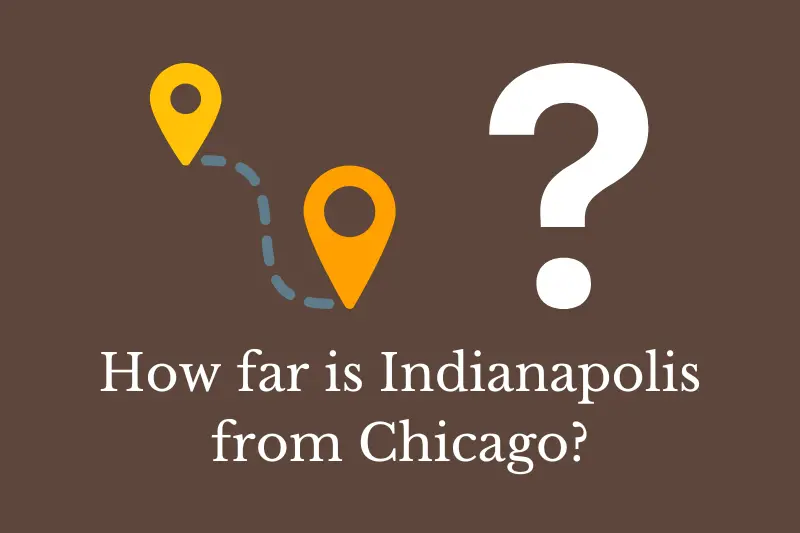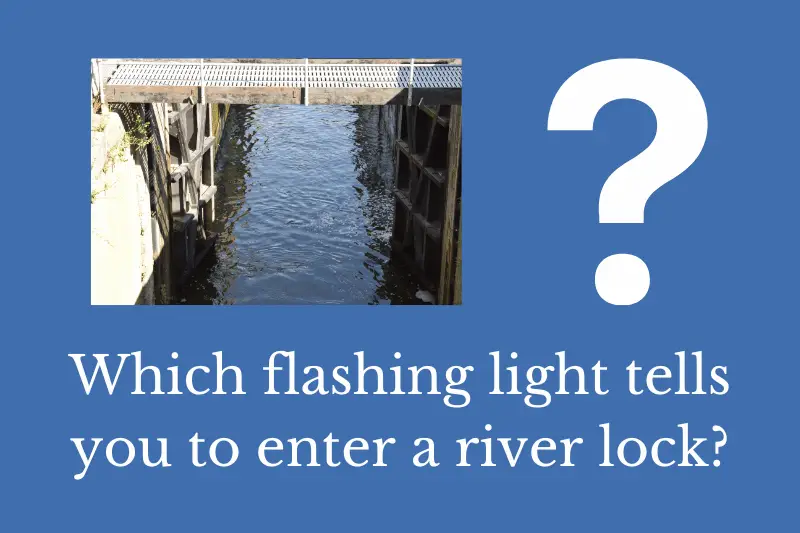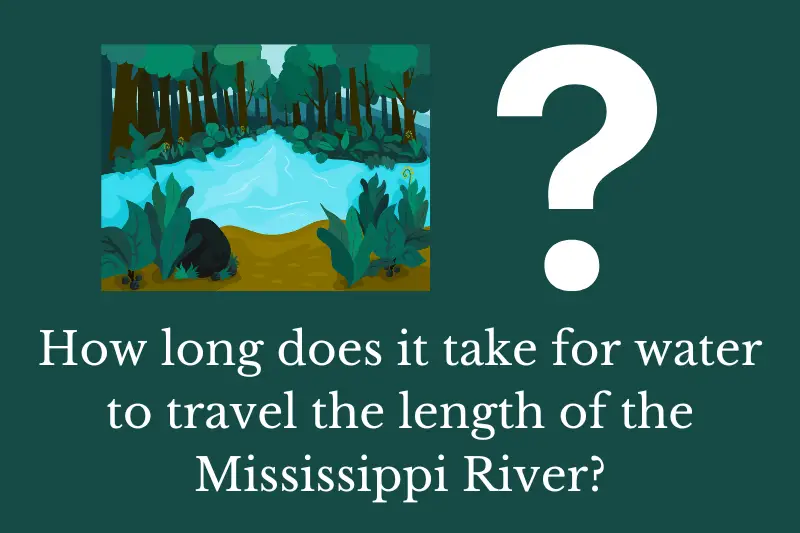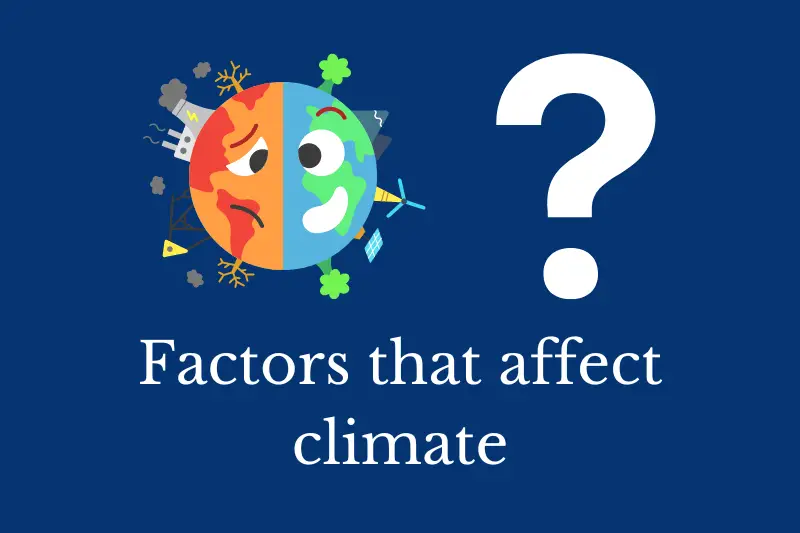The river that flows through the Grand Canyon is the Colorado River. It is a major river in the southwestern United States and Mexico, with a length of 1,450 miles (2,330 km). The river starts in the Rocky Mountains of Colorado and flows through Utah, Arizona, Nevada, California, and Mexico, before emptying into the Gulf of California in the Pacific Ocean. The Colorado River is known for its stunning beauty, powerful rapids, and its role in shaping the landscape of the American West, particularly the Grand Canyon.
The Colorado River flows through the Grand Canyon.
The Colorado River is one of the most significant water sources in the American Southwest. It provides water to over 40 million people, including those in major cities like Los Angeles, Phoenix, and Las Vegas. The river also irrigates millions of acres of farmland, and supports a wide range of wildlife and ecosystems.
However, the river’s history has been shaped by human intervention. Since the early 20th century, the river has been dammed and diverted to create hydroelectric power and irrigation for agriculture. The construction of the Glen Canyon Dam in 1963, upstream from the Grand Canyon, created Lake Powell, a massive reservoir that has significantly altered the flow and ecosystem of the Colorado River.
The Colorado River is an integral part of the Grand Canyon, which is one of the world’s most stunning natural wonders. The Grand Canyon is a steep-sided canyon carved by the Colorado River in Arizona, USA. The canyon is 277 miles (446 km) long, up to 18 miles (29 km) wide, and over a mile (6,000 feet or 1,800 meters) deep. The rock formations in the canyon date back over 1.7 billion years, and it is home to a diverse array of flora and fauna.
The Colorado River runs through the heart of the Grand Canyon, and its flow has played a significant role in shaping the canyon’s landscape. The river has been carving the canyon for millions of years, and the erosion caused by its powerful flow has created the canyon’s iconic features, such as the towering rock walls, rapids, and waterfalls. The river’s flow also supports a variety of plant and animal life, including fish, birds, and mammals that call the canyon home.
Rafting on the Colorado River is a popular activity for tourists and adventurers. The river’s rapids are some of the most challenging in the world, and rafting trips through the Grand Canyon can last up to three weeks. Along the way, visitors can experience the canyon’s natural beauty, explore hidden waterfalls and hot springs, and learn about the area’s rich history and geology.
In conclusion, the Colorado River is a vital part of the Grand Canyon’s ecosystem and has played a significant role in shaping the canyon’s stunning landscape. While human intervention has impacted the river’s flow and ecosystem, the Colorado River remains an essential water source for millions of people and a symbol of the American West’s natural beauty. A visit to the Grand Canyon and a journey down the Colorado River is an unforgettable experience that showcases the power and beauty of nature.

